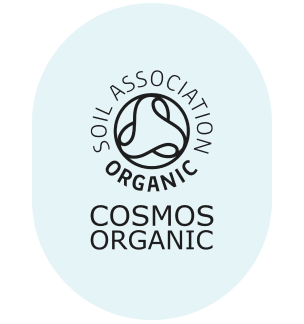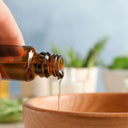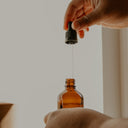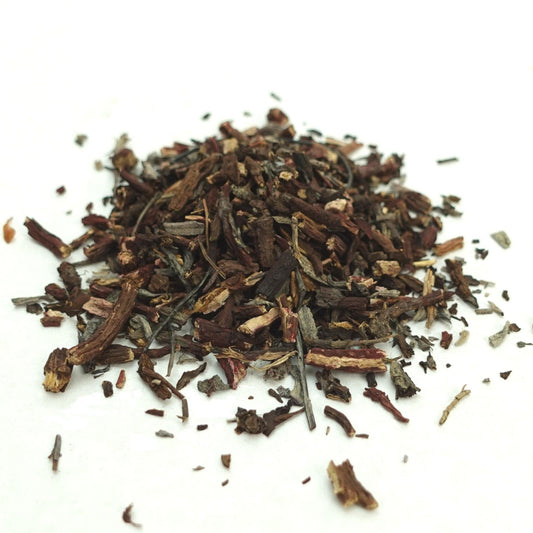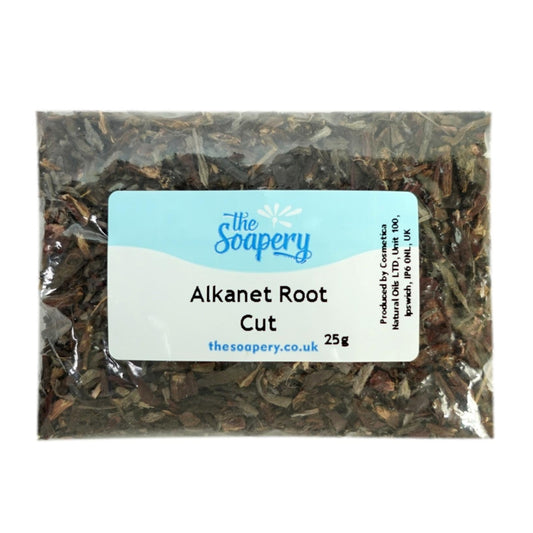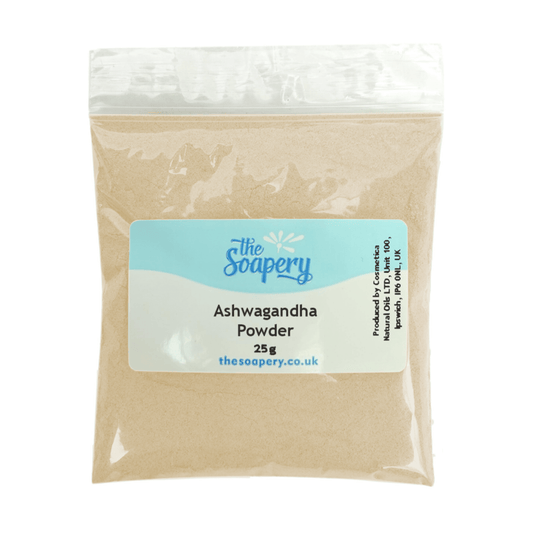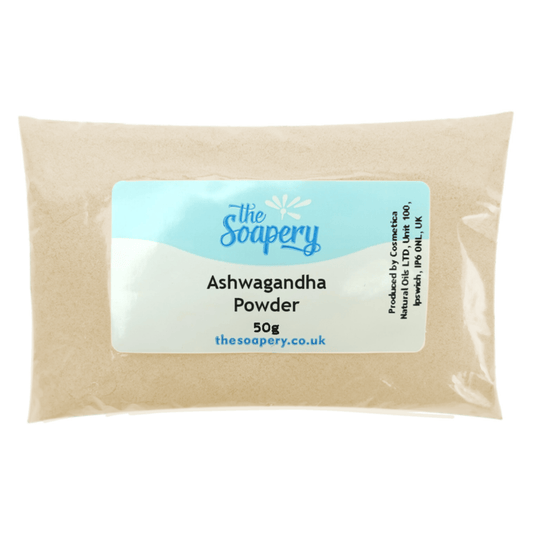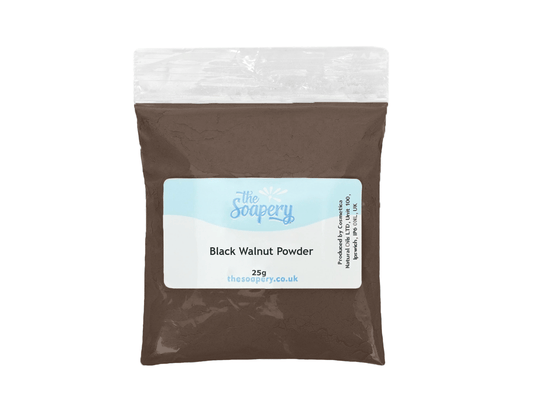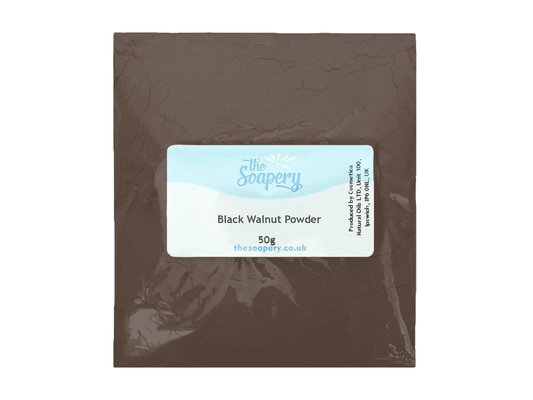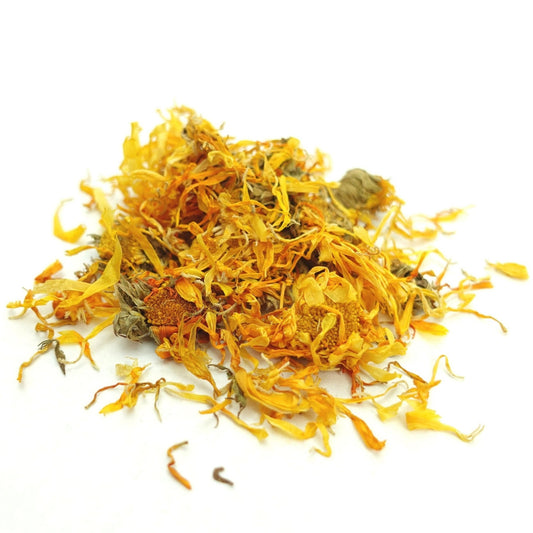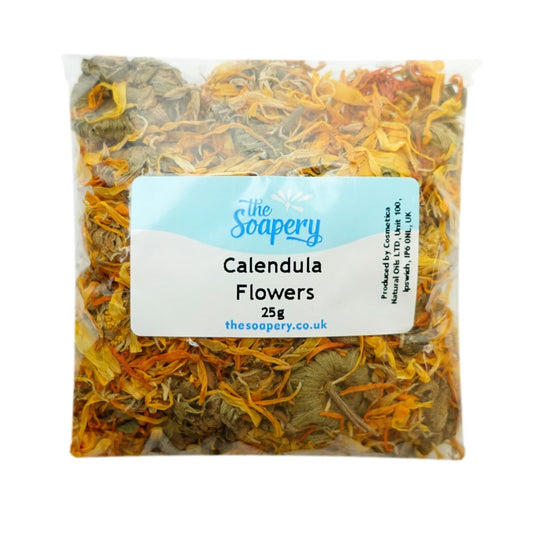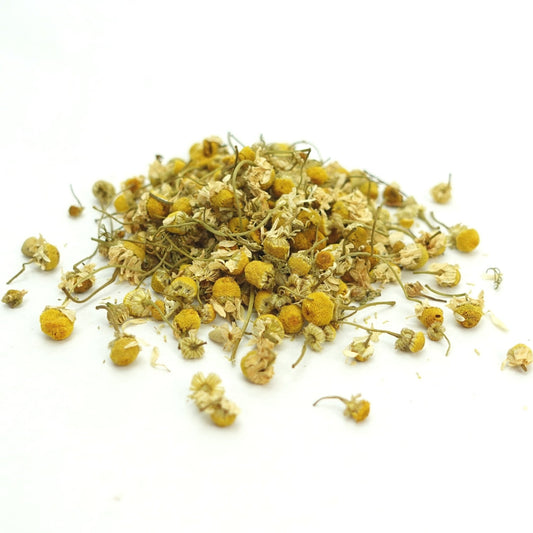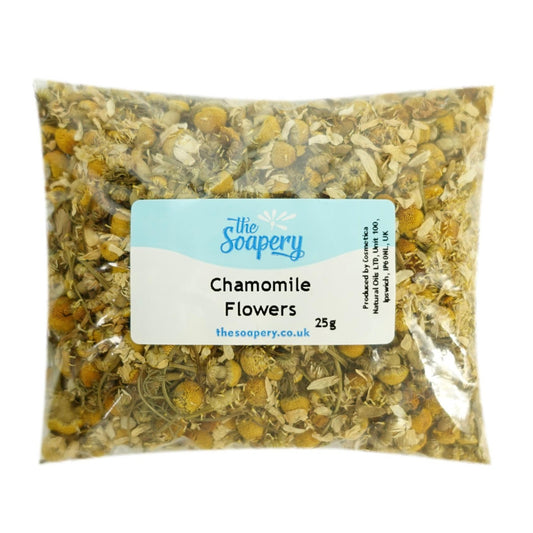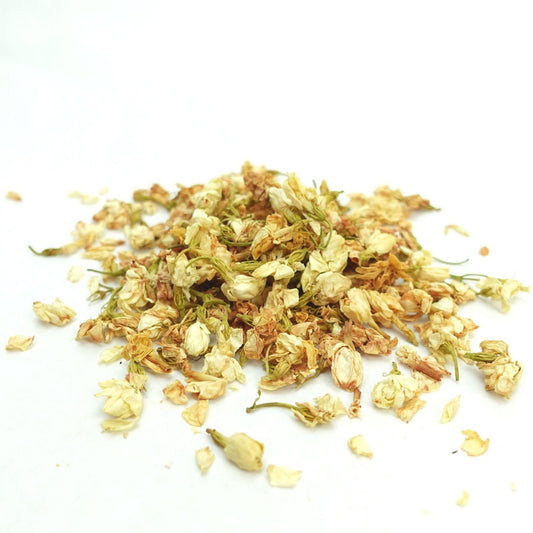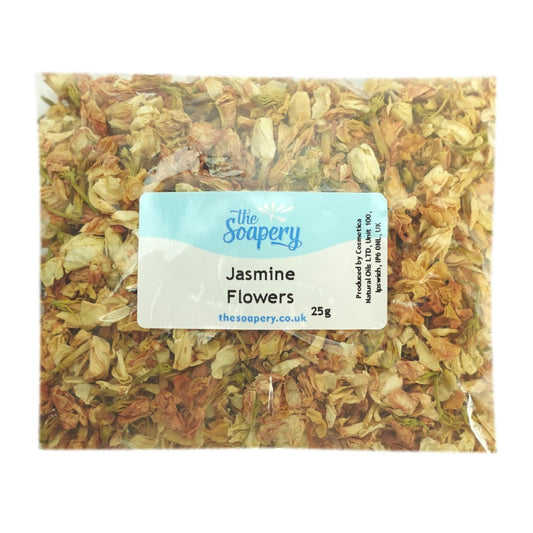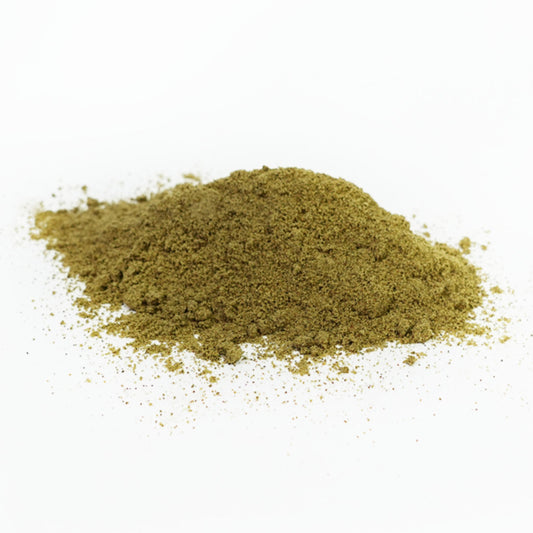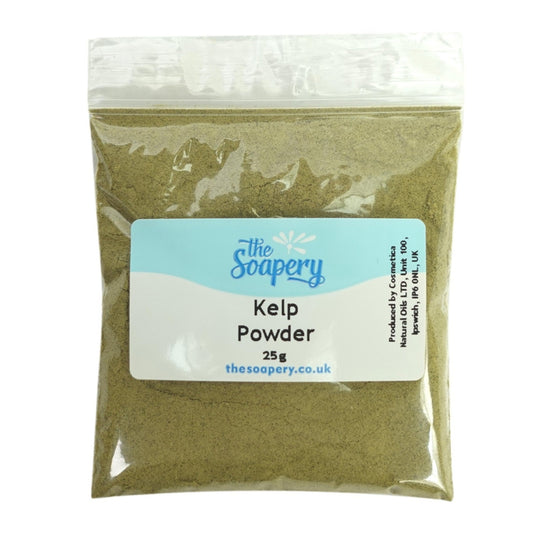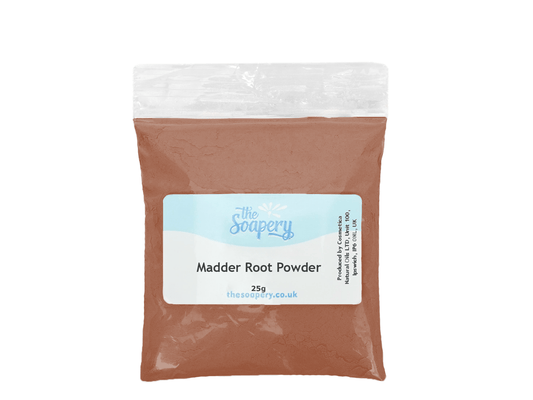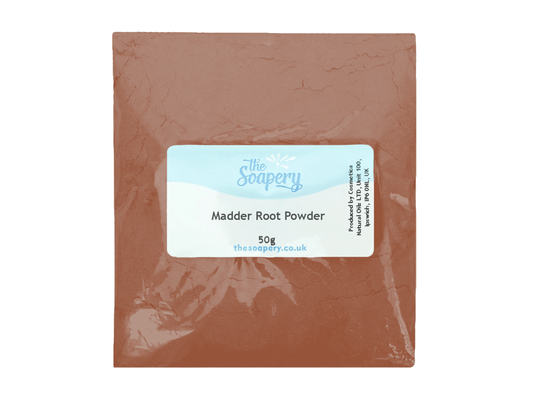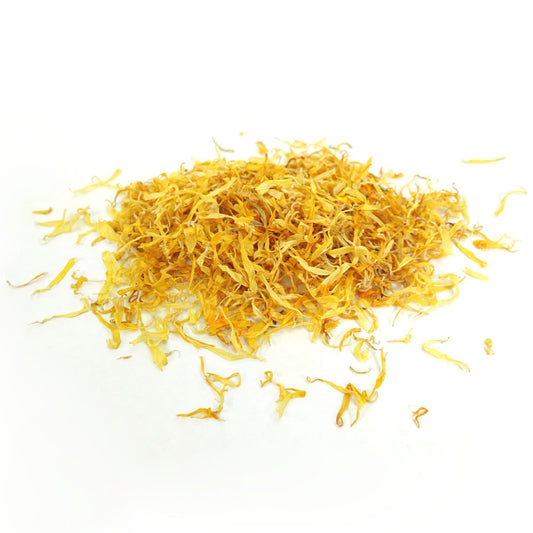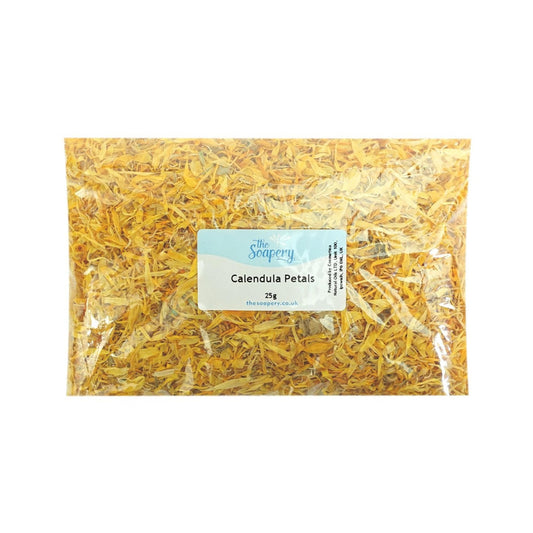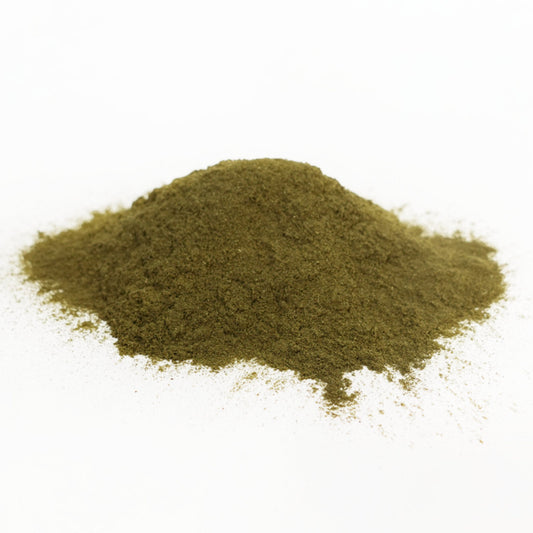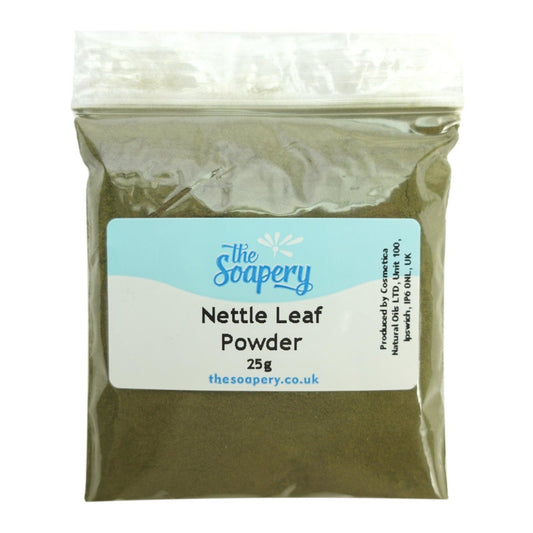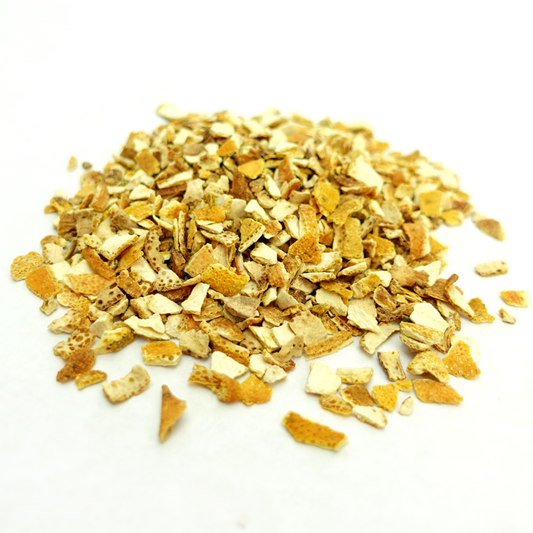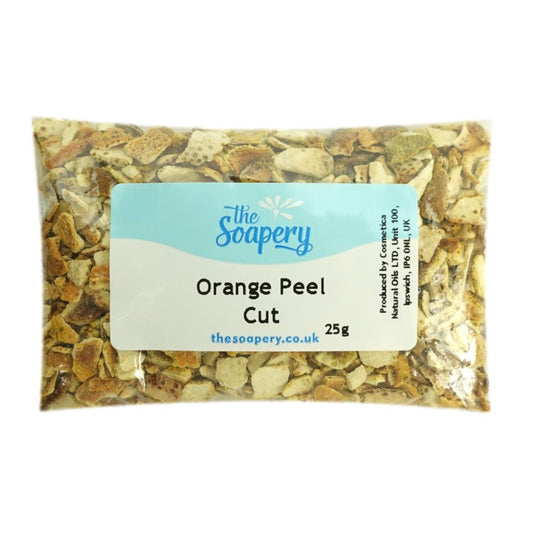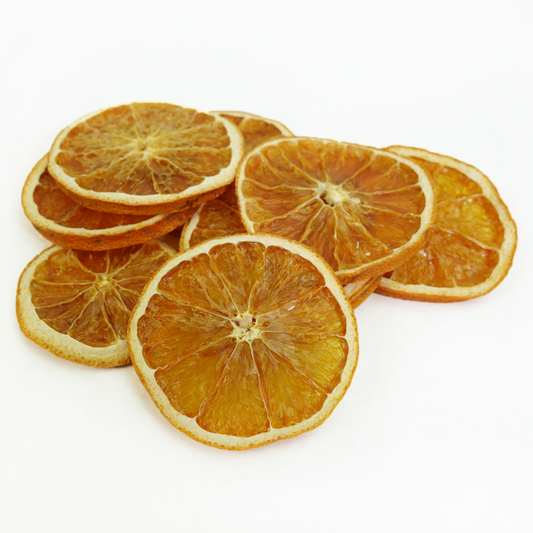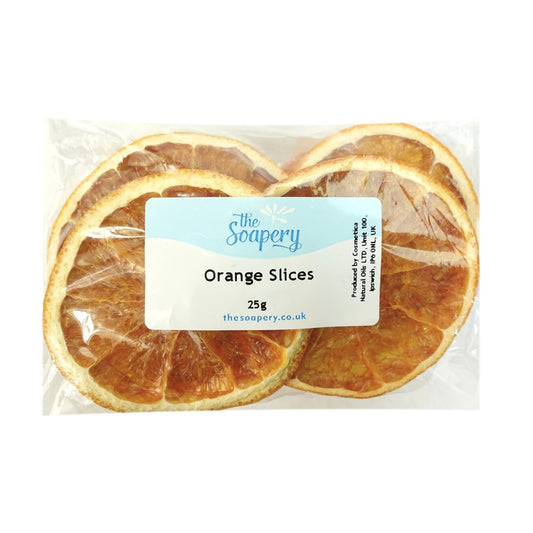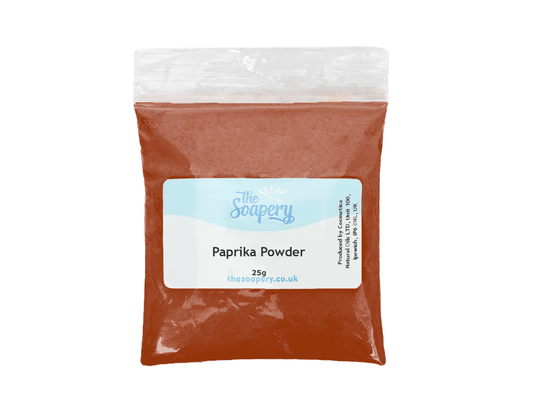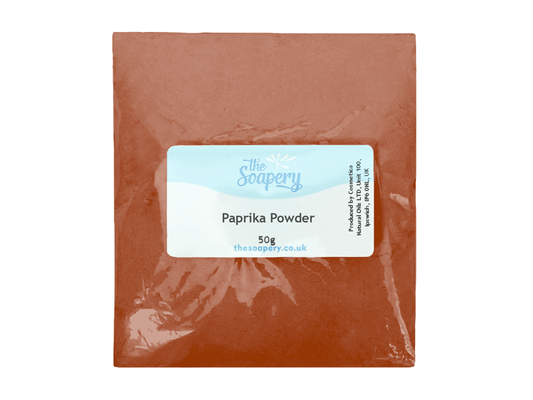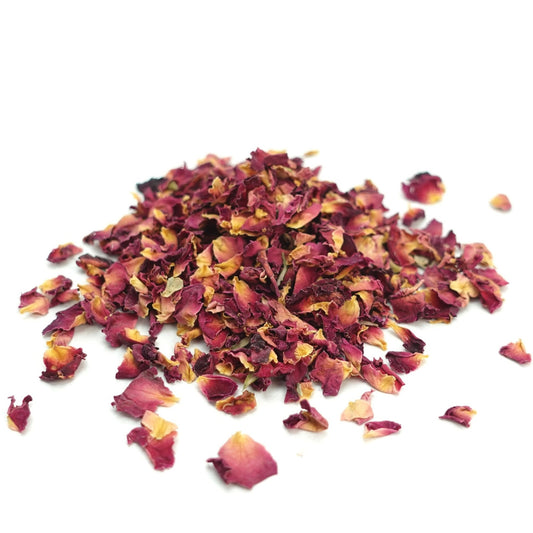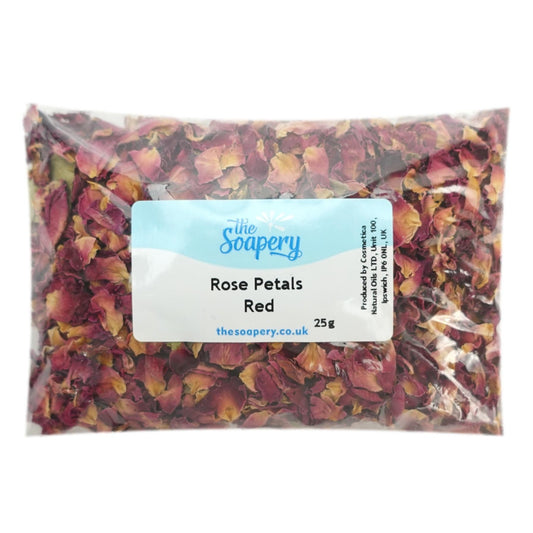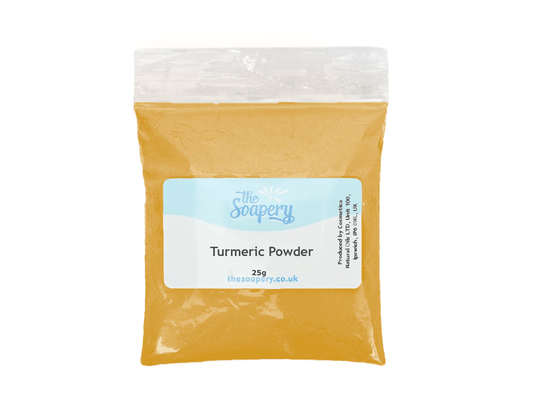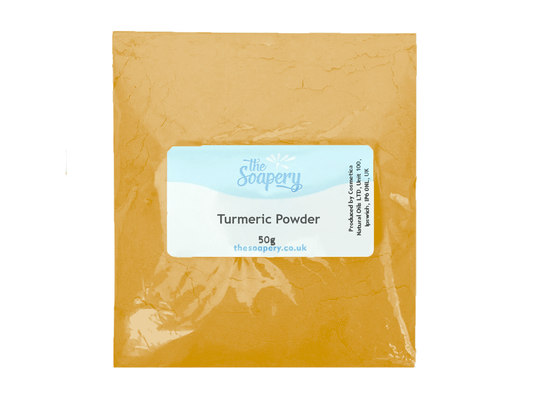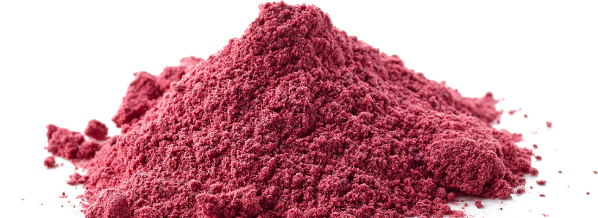
-
Ashwagandha Powder
-
Black Walnut Hull Powder
-
Calendula Flowers (Marigold)
-
Chamomile Flowers - Dried
-
Jasmine Flowers - Dried
-
Madder Root Powder
-
Marigold Petals (Calendula)
-
Orange Peel - Dried
-
Paprika Powder
-
Rose Petals - Red, Dried
-
Turmeric Powder
Why choose The Soapery?
-
Free Mainland UK Shipping
Get your ingredients quickly at no extra cost.
-
Same Day Dispatch*
Order before 3pm to have your package sent then and there.
-
Low Pricing
No glossy marketing or false promises mean big savings.
-
Ethical Suppliers
No qualms here. Our ingredients are ethically and sustainably sourced.
About Botanicals
Petals, herbs, flowers, and seeds galore! The beauty of mother nature is at your fingertips with our botanicals collection - where you’ll find every colour and texture under the sun. Shop from the very best the earth has to offer, get fast, free delivery, and get creative with your crafts today!
Learn More About Botanicals
Our carefully curated range of plant-based ingredients is sure to give your soaps and cosmetics that extra special touch.
Whether mixing into your trace, hand-decorating a finished bar, or adding the perfect natural exfoliant to your next scrub, botanicals are the underrated star of the show. Bringing a whole host of natural textures, patterns, and colours - whether silky smooth or speckled - this hand-picked selection of cosmetics-grade plant ingredients is sure to have just what you’re looking for.
What are Botanical Ingredients?
Get creative with plant power.
Botanicals are plant-based ingredients used in everything from personal care products to handmade soap and beyond. Derived from various parts of our world’s vast array of natural flora including leaves, flowers, roots, and stems, they’re prized for both their inner and outer beauty. You heard us right! Not only are these gorgeous ingredients pretty - they’re pretty functional too.
Whether you’re after hand-dried rose petals, kelp powder, nettle powder, jasmine flowers, or something more, botanicals are the perfect, all-natural way to add both colour and texture to your products - alongside some brilliant bath and body benefits.
So why wait? Start exploring our selection of botanical ingredients today and discover the natural solutions your crafts have been missing.
How to Use Botanicals for Cosmetics?
Let’s start making!
From nourishing and moisturising properties to delightful scents and natural colourants, botanicals offer endless possibilities for creation, customization, and beyond!
When it comes to soap making, start by deciding on the plants or extracts you want to incorporate. Some popular options include nettle, kelp, rose, chamomile, jasmine, and calendula. You can add the botanicals directly to your soap mixture, infuse oils with them, or even create a botanical tea to add to your soap. Remember - some botanicals are more suited to formulas than others, so be sure to double-check your recipe and research!
The fun doesn’t stop at suds - botanicals can be used in cosmetics, candles, and other crafts too! Why not try mixing a handful of dried herbs into a clay mask?
Keep in mind that some botanicals can cause discolouration or fading, so it's a good idea to do some testing before using them in a large batch of any product.
The Benefits of Botanicals for Cosmetics
With a long list of botanical ingredients to choose from, the benefits are almost endless! Whether packed with antioxidants, pigment or skin-saving natural textures, these customer favourites can do anything from brightening your soap to protecting your skin. All you’ve got to do is choose the right one for you! Remember - no two botanicals are the same.
For example, whilst our best-selling nettle powder can create a subdued green hue with natural flecks, our whole dried rose petals make for a stunning decorative centrepiece.
By using botanicals in your crafting, you can create natural, nourishing products gentle on both skin, and the environment. For more information on our products, please view their individual descriptions!
Our Favourite Skincare Recipes
We Value Each of Our Customers
Accreditations/Awards
We’re committed to offering a vast range of all-natural, organic products certified by The Soil Association, and we take pride in doing our part for the world around us.
Like most ingredients, the oils, butters, powders, and decorations in your handmade products are farmed or extracted from the natural world. Those certified as organic by the Soil Association were grown, produced, and harvested in line with strict regulations designed to protect and sustain the environment, including soils, ecosystems, animals, and people.
